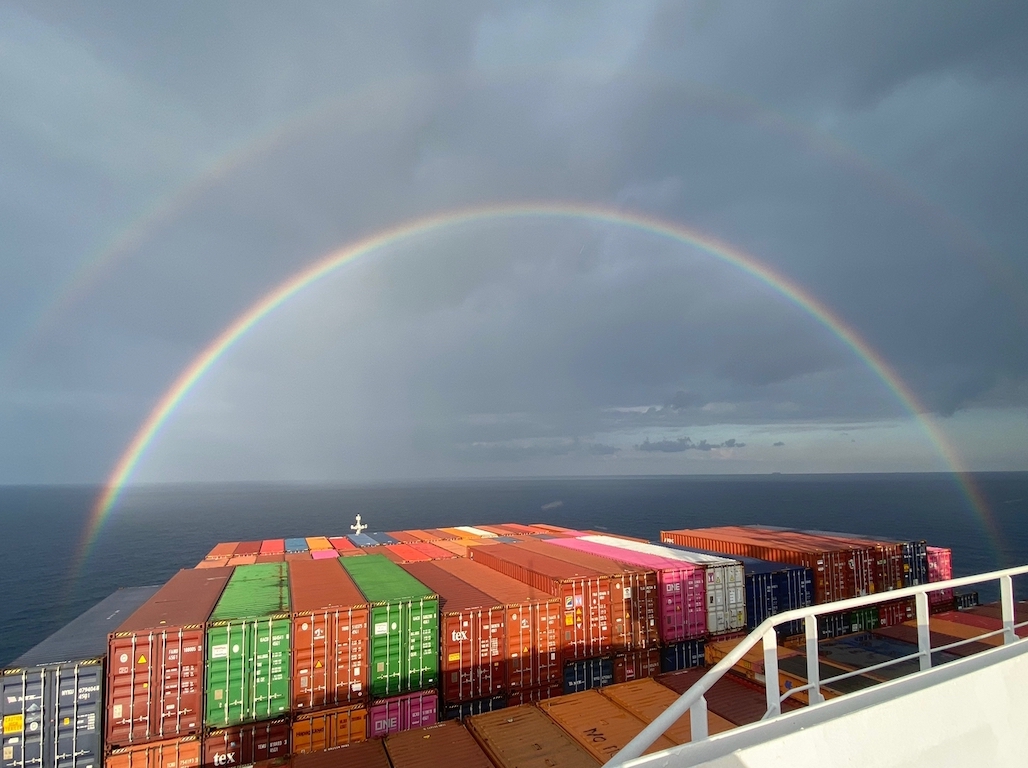January 16, 2024 | The adoption of green ammonia has the potential to satisfy the fuel requirements of over 60% of global shipping by strategically targeting the top 10 regional fuel ports. This is the conclusion of a recent study featured in the journal Environmental Research: Infrastructure and Sustainability.
Conducted by researchers from the University of Oxford, the study assesses the production costs of ammonia, comparing them to those of ultra-low sulfur fuels. The findings suggest that green ammonia could serve as a viable option to decarbonize international shipping by 2050.
$2 Trillion Investment to Transform Global Shipping with Ammonia
The transition to a green ammonia fuel supply chain, estimated to require approximately $2 trillion USD by 2050, will mainly focus on financing supply infrastructure. The study identifies Australia as a key investment target to supply the Asian markets, along with significant production clusters expected in Chile (for South America), California (for the western US), northwest Africa (for European demand), and the southern Arabian Peninsula (for local demand and parts of South Asia).
As ships powered by heavy fuel oil account for 90% of global trade in physical goods, emit toxic pollutants and contribute to almost 3% of global greenhouse gas emissions, the International Maritime Organisation (IMO) has committed to decarbonising international shipping in 2018. The original target was to halve greenhouse gas emissions by 2050, which has since been revised to achieve net zero emissions by the same year.
The study examines alternatives such as exhaust gas scrubbers and proposes green ammonia produced by water electrolysis using renewable electricity as a promising option for rapid decarbonisation of the shipping industry. In the past, there has been uncertainty about the investment required to build an efficient infrastructure for a viable fuel supply chain.
A comprehensive modeling framework to guide investors
René Bañares-Alcántara, Professor of Chemical Engineering at the University of Oxford, highlights the challenges of decarbonising shipping due to the need for a high energy density fuel and the complex coordination issues between the various stakeholders. The study provides a modelling framework for investors that combines fuel demand modelling, future trade scenarios and spatial optimisation of green ammonia production, storage and transport. The proposed model envisages a shift from oil-producing countries to a more regionalised industry, with green ammonia production concentrated near the equator and transported to regional centres of fuel demand.
More information
Jasper Verschuur et al. (2024). Optimal fuel supply of green ammonia to decarbonise global shipping, Environ. Res.: Infrastruct. Sustain. 4 015001. DOI 10.1088/2634-4505/ad097a
The paper (open access) can be viewed at iopscience.iop.org. Environmental Research: Infrastructure and Sustainability is a multidisciplinary, open access journal that addresses important challenges relevant to infrastructure, sustainability and resilience in their broadest sense.
